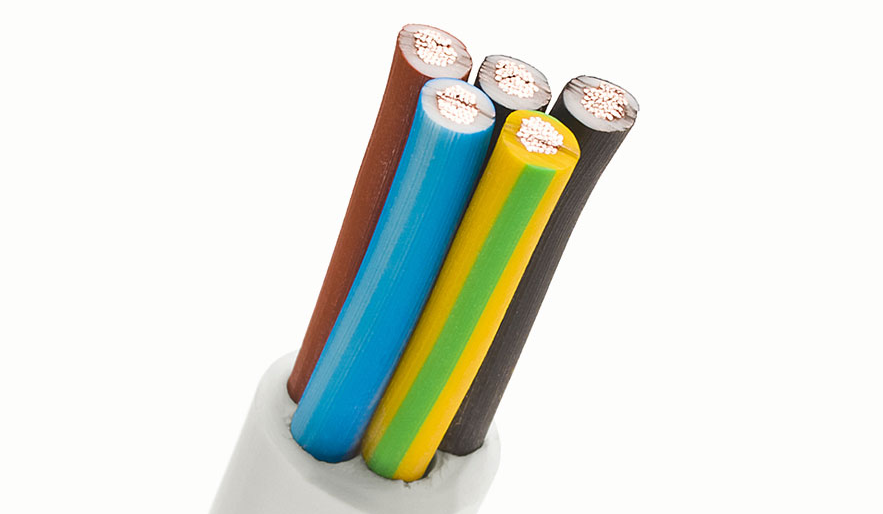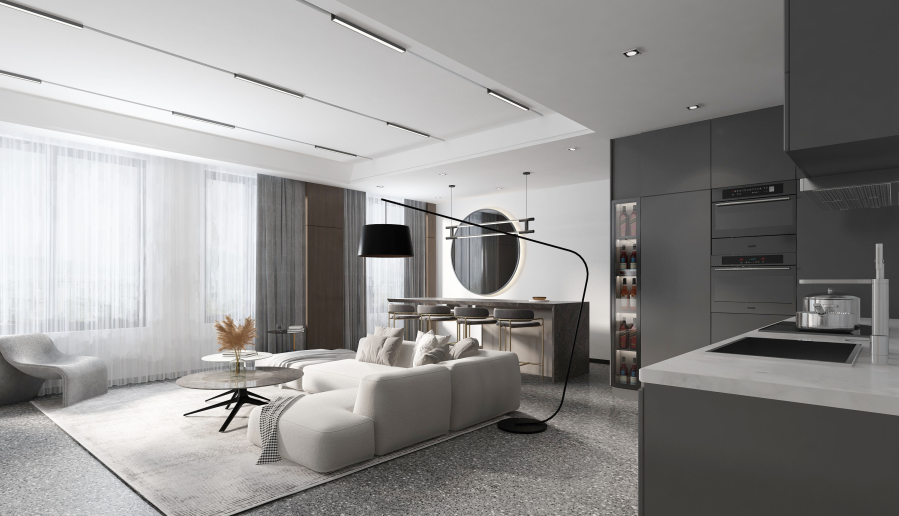What's the appropriate cross-sectional area of household wires?
Household wires are almost involved in everything concerning circuits in home decoration. Wires are indispensable to circuit power on/off, transmission of currents/signals and so on. However, household wires are of so many specifications and types, and vary in sizes and cross-sectional areas. So: what's the appropriate cross-sectional area of household wires?
Household wires usually have the cross-sectional area ranging from 1.5mm² to 10mm². Let's follow CHINT Household Wires' introduction to take a look at the appropriate cross-sectional area of each kind of household wires.

The appropriate cross-sectional area of household wires:
1. 1.5mm² household wire for single lighting circuit
A single lighting circuit normally employs 1.5mm² household wire, which can basically meet demands below 200W. But high-power electrical appliances for lighting, multiple lighting series circuits and switch lighting circuits call for household wires of larger specifications.
In fact, considering the margin for wiring and the application environment, 1.5mm² wires are gradually giving way to 2.5mm² wires in home decoration nowadays.
2. 2.5mm² household wire for switch lighting and regular socket circuits
Theoretically, the 2.5mm² household wire has its safe current-carrying capacity less than 25A and can withstand a power of 5500W; however, in fact, factors such as power loss and error shall be taken into consideration, under which the power withstood by such wire is less than 4400W (< 4200W as recommended).
3. 4mm² household wire for high-power socket
The 4mm² household wire is preferred for high-power electrical appliances such as water heaters, household ovens, microwave ovens, rice cookers, as well as air conditioners whose power is < 2HP, thus to guarantee their safety better.
4. 6mm² household wire for electrical appliances that have a larger power
As for air conditioners whose power is > 3HP, central air conditioners and high-power ovens better, the 6mm² household wire serves them better. It's also recommended to set a separate circuit and avoid sharing the wire with other electrical appliances.
5. 10mm² household wire for service-entrance cables
The service entrance cable here is the service-entrance bus. The 6mm² wire was adopted in the past; however, the 10mm² wire gradually becomes the mainstream choice for new buildings nowadays. Such a wire can bear the entire home's circuit power more safely.
Besides, the service-entrance bus is usually laid out as per the requirements of power sectors, and the service-entrance cable before the electricity meter must not be arbitrarily changed - instead, the power sectors shall be informed of such case, with related actions taken.
The above explains "what's the appropriate cross-sectional area of household wires". Notwithstanding the above explanation, the circuit system is a matter of great complexity and professionalism, and actual judgment calls for a comprehensive consideration in the aspects of environmental elements and usage needs. If you have trouble determining "what's the appropriate cross-sectional area of household wires", please contact professional electricians and electrical engineers, for the avoidance of making errors.








